When living with Cystic Fibrosis the ideal care includes quarterly clinic visits. At at each of these appointments our son (currently 10) will be cared for by many different specialized medical staff members. His vitals are always taken by a Nurse at check-in, he always does a Pulmonary Function Test with a Respiratory Therapist, and he always gets seen by a CF Doctor/Nurse Practitioner. There may also be (warning, the list can be lengthy) a Respiratory Tech for durable medical equipment, a Nutritionist trained specifically in CF and CF Diabetic care, a Social Worker for personal life or financial/insurance issues, a Child Life Specialist specific to his personal well being both in clinic and at home, a Pharmacist/Pharm Tech, and even an administrator in charge of trials and the CF Registry program…. This does not include getting blood drawn or x-rays. Those would be conducted by additional skilled personnel, in a different office, and usually on another floor. This is also not a standard Pediatric visit. Those are scheduled and attended separately, specifically with a primary care Pediatrician.
I only share this lengthy list, as it gives some insight to how in-depth CF care can really be. It is wonderful to have so many people looking so finitely into each aspect of life with CF, but on the flip it can also feel invasive and overwhelming. I tend to handle things pretty matter-a-fact and joyfully, but clinic is still always exhausting. Obviously it can easily take several hours, but many people (including ourselves right now) also have to drive a couple hours each way just to attend. We just had one such clinic this last week and upon debriefing (aka decompressing) in the days that followed I have decided to set up some goals for Nathan’s nutritional care in the coming months.
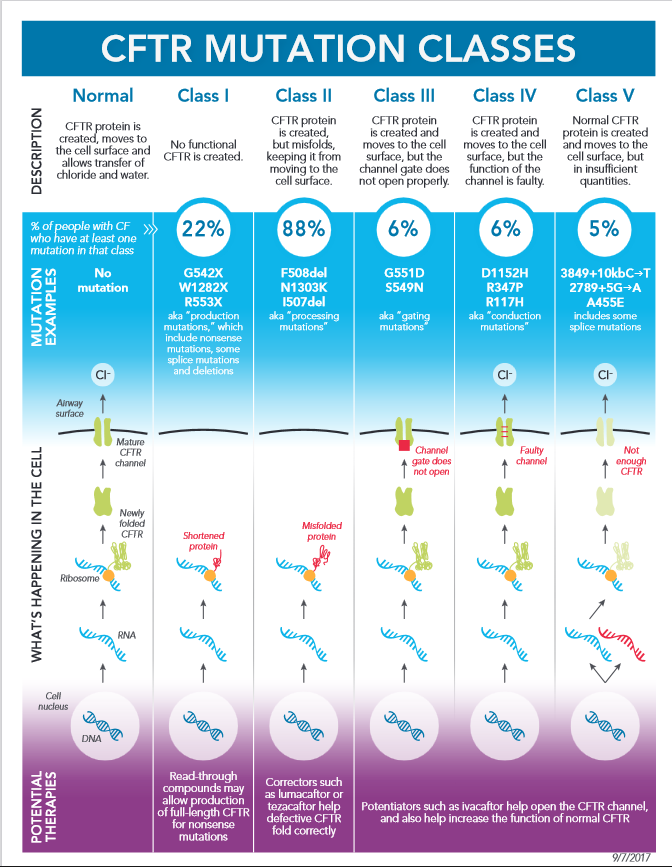
To refresh on our history a little bit, pancreatic insufficient CFers don’t absorb all of the nutrition that is taken in. Specifically fats and proteins, which make up a pretty solid portion of the calories many people consume in a day; especially those with CF who are adding extra calories to compensate. CF dietary intake has sometimes been referred to as the “Bacon Cheeseburger Diet”… the extra protein and fat, the carbs, the salt… all necessary for many or even most CFers preTrikafta. <– Note the ‘pre‘ there. One of the most amazing breakthrough CF drugs on the market right now, Trikafta helps the body pass chloride through cell walls better, (the root of the issue with CF,) and thusly allows the body to do a better job at some of it’s previously failing tasks. This means, and I quote another CFer, “Where my mom used to make two boxes of mac-n-cheese just for me, I now only need one.” Simply put, they can absorb those fats and proteins better with Trikafta.
Now, Nathan, blessed by our families’ other genetics, already possesses the ability to absorb these calories quite well, even with a deficiently working pancreas. In fact, he has been in the 90% for weight since he was at least 4 years old. Though the “Bacon Cheeseburger Diet” is widely reference I can tell you from experience that CF Nutritionists would rather it be something more like the “Avocado Toast” diet in which the extra fat and protein intake is coming from healthier fats and proteins. This being ingrained I have always (though not successfully) striven to fill Nathan’s belly with good nutrition and not just calories. Trust me, we get plenty of junk, and I’ve been trying to reign that in even tighter now that I’m finally home again full-time, (more about that journey here,) but now that he has been on Trikafta for 2 months we are edging very near to the healthy level cap for his BMI. My issue now is that I don’t want to turn this whole ‘eat better/healthier thing’ into either a battle or a punishment. So here I sit making goals.
First things first: the approach. I think that a strict, strict, strict diet is not necessary at this time, as his weight is not causing health issues or is life threatening, nor do I think an intensely rigorous diet would be beneficial for him in the long run. Anyone familiar with Rumspringa? When Andrew and I were growing up there were a lot of rules put in place in our communities for a variety of ‘subjects.’ Some of them were approached quite stringently and with utter expectation to be fulfilled. Then when we and our friends came-of-age we watched many of them repeatedly go way overboard on those condemned behaviors. There are two different behaviors I don’t want Nathan to grow into in regard to food: that of a resentment that might lead him to a blatant abandonment of all healthy ideals, or to possess an unhealthy relationship with himself, his body, and food; body image issues. …But those are tough subjects when it comes to refining or even restricting a child’s dietary intake.
Having my own interest in a wide variety of cuisines and a our current family culture of home cooked meals has lead me to introduce Nathan to a lot of different foods. He doesn’t like everything, and of-course he loves junk food. Who doesn’t? But I’m not going to expect him to have a whole wheat, brown rice, vegetarian diet either. When we’ve gone to the last two clinics Nathan and I have taken the opportunity to try some of the local take-out in the UVA area of Charlottesville. He really liked the beef shawarma we got at Lebanese themed Thyme & Co, and we found great success with the healthy and very hearty grain bowls at Roots Natural Kitchen. That was a great opportunity to introduce him to tofu that was firm, well sauced, and flavorful! Leaving C’ville this clinic with that 97 percentile BMI results really pushed nutrition to the forefront of my mind for Nathan’s long term well being, and those particular meals got my mind rolling on how I think I would like to go about it.
The word ‘diet’ always seems to imply a few things: cutting/counting calories, eating boring food, and being hungry. I really don’t think any 10 year old should be having to count calories, be stuck eating boring food, or being overly hungry. So I would like to break down some basic dietary changes into two groups; things to cut –> control better, and things to add. Hold on to that word ‘add.’ It will be a main focus for my plan.
Yes, there is one thing that just about every one of us could cut out/cut down: processed sugars. Nathan has a history of getting more soda and candy than is reasonably healthy, so obviously I would like to put a cap on it. Yes, cap. That does not mean ‘no soda.’ That means, “Let’s talk about what is an appropriate amount of soda and what could be a better option when you’ve already had plenty of water in the day.” One of our life choices has been to spend our time closely together because Andrew and I only get one childhood with our one son. He only gets to be a child for a short period of time, and already has a huge portion of that controlled by CF. So, am I going to say, “No candy. No soda.”? No. I believe that would only lead to bad ‘rumspringa’ behaviors as a teen. And trust me, CF teens very often live off Dr. Pepper and Skittles. For one, they taste good, but they also don’t require enzymes which is both easy and incognito when you’re eating around friends and don’t want to take pills or talk about CF in front of anyone. One of my favorite CF quotes is from Dr. Dion Roberts of the Anchorage clinic, “I wish I could take every CF child at the age or 12 and freeze them until they were adults.” So much independence, freedom, and even rebellion can happen during those years, and poor management of CF is generally not conducive to one’s adult well being. This is why I would like to teach Nathan ‘how to fish’ for healthy boundaries and not just push them on him. Okay, so goal number 1: cut-back on junky sugar and some unnecessary extra fat in meals –> probably a little less heavy cream and fatty cheeses, and picking lighter bread options over fatty crackers for snacks.
I also have to change my approach to consumption at meals. Forever Nathan has been asked to “eat a good dinner.” This wasn’t specifically ‘finish your plate,’ as plating has always been more than plenty, and often shared family dishes. (Think Ethiopian Style but with forks.) He was however, from very early on, rewarded with milk, pediasure, or, in more recent years, even some soda if he ate a ‘good’ meal. Never the treat before the meal, but in true ‘CF style’ eat well (AKA lots of calories) and get rewarded with additional, tasty, calorie filled goodies for doing so. THIS will have to change. I’m going to put a daily cap on soda and don’t mind him having some of it after a good meal, (of-course instead of before and wrecking the meal) but I don’t want to reward gorging on food with junky calories. It’s so crazy how upside down CF life is sometimes. I want Nathan to learn how his body feels and know when he’s had enough to eat, and not counterbalance good eating habits by topping off with junk food.
Now lets go back to the ‘add‘ part. There was a particularly funny (or unfunny) moment at this last clinic. Dr. Gott asked Nathan how he does with eating fruits and vegetables. He stated excitedly frank, “I get one apple a week!” “Whoa! Don’t want to over-do it!” she replied quickly. Thrown off, I couldn’t even come up with a decent answer about what kind of fruit and veggie intake he might be getting. I left feeling really irresponsible, especially as a stay-at-home mom who is pretty much my son’s personal chef. Shortly after, when I was picking out a bowl meal for Nathan at ‘Roots’ it was easy for me to see that there are plenty of healthy things he likes, and that there are healthy snacks in Nathan’s diet that I had frustratingly neglected to mention at clinic. So I started there. List the good things he likes and add more of them to his existing meals.
- broccoli
- carrots
- peas
- corn
- raw mushrooms
- steamed artichoke with sauce gribiche
- jícama
- yellow and orange bell peppers
- salsa and tomato sauce (but not tomatoes sliced solo)
- lettuce and salad (and a several different kinds of dressing)
- fresh spinach and amazingly now kale if it’s chopped small or only slightly wilted
- avocados
- apples – though he’s a little picky about how fresh they are. 🙁
- tangerines
- pineapple
- canned peaches and/or pears
- berries
- seaweed snacks
- most nuts, seeds and seed/nut butters
- hummus
- young sprouted mung beans, and mung dal mixed with rice (split dal is kind of like split yellow peas)
- unbuttered, seasoned popcorn
- brewer’s yeast
- boiled eggs
And of-course there is plenty of nutrition (or low fat carbs) in many of the more staple ingredients he likes:
- potatoes
- rice
- pasta or noodles of any kind; wheat, veggie infused, and rice
- all kinds of breads
- flavored yogurts
- sour cream
- pretty much any kind of cheese, including a love for blue cheese
- all meats; ground lamb, buffalo, and even game
- just about all seafood
And he likes plenty of flavor combinations to make meals (even healthy ones) interesting and tasty:
- Asian flavors: salty or sweet (non-spicy)
- Italian flavors
- Spanish flavors
- Mexican and Latin flavors (non-spicy)
- Middle Eastern flavors: warm spices, and/or citrus and tangy based
- MILD Indian flavors, and coconut curries
As you can see, these lists have a lot of the primary everyday food-stuffs, but also some really good ingredients that kids don’t always like. In reality if I simply focus on adding more of those fruits and vegetables to each meal, specifically the afternoon snack, and bulk out the carb part of dinners with more veggies it would be really beneficial to his health. I would also like to cook him seafood more often. The other part of add would be to introduce some additional healthy options that he has not really taken-to in the past. Those would be:
- green and yellow zucchini
- eggplant
- sweet potato
- pumpkin/squash
- cabbages and bok choy
- wild rice
- bulgar
- quinoa
- barley
- beans
- tofu
- split peas
- lentils
- oatmeal (but not as a porridge – see below)
Often times these flavors are really more ‘boring’ than ‘yucky.’ For instance he has liked tofu sauced certain ways, and doesn’t mind sweet potatoes but has no particular interest in regularly eating either. He likes refried beans with cheese and baked beans well enough, but those are pretty much the only beans he likes and are still not great options if you’re looking at adding beans vs cutting fat or sugar. Making him eat oatmeal porridge would be really boring unless it was loaded with craisins, butter, sugar, cream…. you get the point.
I think that if I pick one of these foods a week and look for an especially good recipe Nathan could certainly grow to actually like them, at least if cooked in the same manner. For example, I made a thin cheese sauce and served it over steamed zucchini: taking notes from a local Mexican Restaurant. He liked it ‘okay’ but everything tastes good when smothered in cheese! Perhaps the Zucchini Pie Oreganata recipe I just found in a New England cookbook could be just the treat? It’s made with eggs and biscuit mix, some milk and cheese, but if I used lean cheese and it was served as a side dish with lean meat for dinner or portioned as an afternoon snack it would bring the much needed protein to tie him over until our late dinners and have a good portion of veggies. …Mostly I’d like him to learn that zucchini doesn’t have to belong to the ‘I don’t like it’ list. After all, isn’t the biggest goal to add things to his diet? And how about eggplant. Squishy-squashy-mushy or sometimes even bitter if not cooked well… I bet that he might really like baba ghanoush spread on naan for a snack or to go with meat balls for dinner. After all, I know he likes other spreads like peanut butter and hummus, and he likes the flavors of middle eastern foods; cumin, coriander, sesame seeds, paprika, garlic, even sumac… maybe I could even integrate it with the hummus he already likes?
I think whole beans, (black, red, white, and cooked a variety of ways,) would be one of the most valuable foods in which he could gain an appreciation for the long-haul of his life. That being said, I think it might be the most challenging. They are not only often boring, but also have a distinct texture that I love, but can understand if he doesn’t. If he decided he liked split peas and/or lentils more than beans it would be a fair enough trade for sure, but I really have a hard time seeing that happen either…. however maybe if I present it like a choice and ask him how he might like them cooked it could again, ‘teach him how to fish…’ I like that I have successfully mixed mung dal in with rice before, and split peas with ham is always tasty, but he would rather pick the black beans out of the rice mix if he has the choice. I suppose there are those who will simply say, “Don’t give him the choice!” but I remind you that I am trying to get him to make some of these decisions for his own well-being.
Seasoned tofu for snacks might be a great way to go. He can be convinced to eat just about anything with soy sauce and sesame. Even BBQ sauce on sauteed tofu is great. I think creating sauces like the cilantro lime or the tahini sauce that ‘Roots’ serves might be great ways to liven up new grains, especially if they are mixed in with the rice that he already likes. And wild rice has an amazing amount of lean protein! Bulgar made into tabbouleh with vegetables he likes, maybe fine diced tomatoes and no cucumber, brightly herbed and lemony might win him over, while barley in a hardy chicken and noodle soup might be just the trick for that one.
Other options for these legumes and grains is to just make a small portion that he will be required to eat (and he does pretty good about that) instead of always mixing it with rice. Constantly mixing with rice seems kind of redundant to me. 10 year olds (and pet rabbits for that matter) are not that dissimilar to toddlers. You often have to introduce something several times before they decide they’ll like, or at least accept, it.
I think sweet potato and pumpkin/squash might be the most challenging vegetables. Mostly because they are pretty flavorful and are generally served front and center in most dishes that I have found, even around the world. In the US you see them used to replace potatoes, and for good nutritional reasoning, but they don’t taste like (or ‘not-taste’ like) potatoes do. Squash soup is common, but flat on texture and pretty in your face on squashy character. A baked sweet potato is a lot to take-in if you aren’t thrilled with the flavor…. unless you smother it in butter and cinnamon sugar… and sweet potato casserole or pumpkin pie? Not a good option for what we are attempting here.
I love a good West African style stew made with tomatoes, sweet potatoes, true yams, and smoked fish, or a North African Tajine, but those are pretty intense on aroma and spice. Though very sweet (and sometimes spicy) for even a ‘weathered’ American kid it’s pretty different from what they expect for dinner. To be honest I think mixing those two dishes into his repertoire successfully would do him more good in the long run than just about any other présentation de la cuisine!
This clinic’s results have, with not doubt, pushed to the forefront making some changes, but that doesn’t mean I haven’t been slowly working on these goals previously. For instance I mentioned that I already know I can add mung dal to rice with Middle Eastern meats or even mild Indian flavors and he is happy enough. When I mentioned that I was able to get him interested in kale that was also with specific practice. First and foremost living in an RV we have a smaller than average fridge and I was finding that bags of spinach were going bad too quickly. They were either getting crushed or partially frozen, and we all know, after the spinach E. coli outbreaks of the mid 20-aughts, that spinach spoils quite quickly when not well cared for. With this in mind I tried bags of kale instead. They held their shape better, wilted less, and went to ‘slime’ even less. On top of that I learned that fresh kale is like crack for our house rabbit, Luna. As the primary ‘green’ on hand I began chopping it real fine and adding it to dishes and Nathan’s semi frequent ‘left-overs lunch burritos’. I really came to like the fact that kale holds up well to a bit of boiling without turning to total mush. I don’t know if he likes that his rabbit loves kale or he just agrees with me that flavor and texture seem to work, but Nathan at this point will opt for kale instead of spinach in cooking situations. I was also very open about the fact that it was being added to his burritos, as I want him to be part of this nutritional understanding. This being said, these lunchtime burritos are also a great place to add some beans. I have actually mashed them with broth, avocado, or corn and added them as a layer with sour cream, meat, and cheese very successfully! ….Again, letting him know they were in there… after he raved about how great lunch was. My mom has also introduced the idea of using beans and broth for gravy. I think it could catch on with Nathan, though the first time I tried it he had friends over and I’m pretty sure they were on to me!
TL;DR : Summery
Nathan’s BMI has now hit the 97th percentile. Though the addition of Trikafta to Nathan’s CF regimen has played a pretty solid hand, we certainly had room for some healthier dietary changes prior, and had already been working in that direction. I know I want to make some changes, but I also want to approach the subject cautiously.
There are two different behaviors I don’t want Nathan to grow into in regard to food: that of a resentment that might lead him to a blatant abandonment of all healthy ideals, or to possess an unhealthy relationship with himself, his body, and food; body image issues. …But those are tough subjects when it comes to refining or even restricting a child’s dietary intake.
I’m going to attempt it with some basic goals:
- Break down some basic dietary changes into two groups; things to control better, and things to add.
- Teach Nathan to ‘Fish’ when it comes to good meal choices: adding things he likes vs tell him what he can‘t eat and force him to eat things he outright hates; in an attempt to avoid bad Rumspringa behaviors later in life.
- Cut-back on junky sugar and some unnecessary extra fat –> probably a little less heavy cream and fatty cheeses in meals, while picking lighter bread options over fatty crackers for snacks.
- Don’t reward gorging on food with junky calories. I want Nathan to learn how his body feels and know when he’s had enough to eat, and not counterbalance good eating habits by topping off with junk food.
- Add more of the really nutritious things he already likes into his meals and snacks. (See Lists Above)
- Introduce a few additional nutritious ingredients into the mix in ways he will most like best. (Also a List Above)
- Get out and be active more.
There are a lot of little bits to this process. I like that they are ‘little bits.’ I don’t think that drastic and aggressive changes are behaviors that stick for anyone. Why would I want to do that to my 10 year old son? But I am my son’s only Mother. It is my JOB to train him and instill the personal values that will guide him the rest of his life. I also hold the very power in my hand to completely wreck how he approaches a subject that isn’t going to be going away for at-least a few years, if not a lifetime.
There are people in my life that have been ‘wrecked,’ ‘ruined,’ and/or ‘broken’ by their parents. Nathan needs to learn to take care of himself nutritionally, yes! But I do not want to leave him damaged in the process.




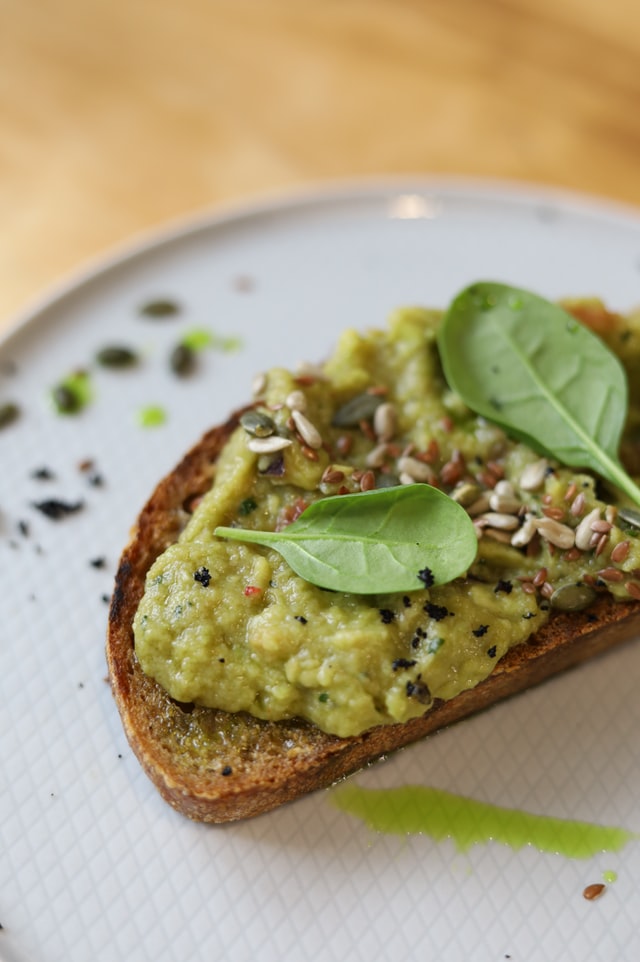




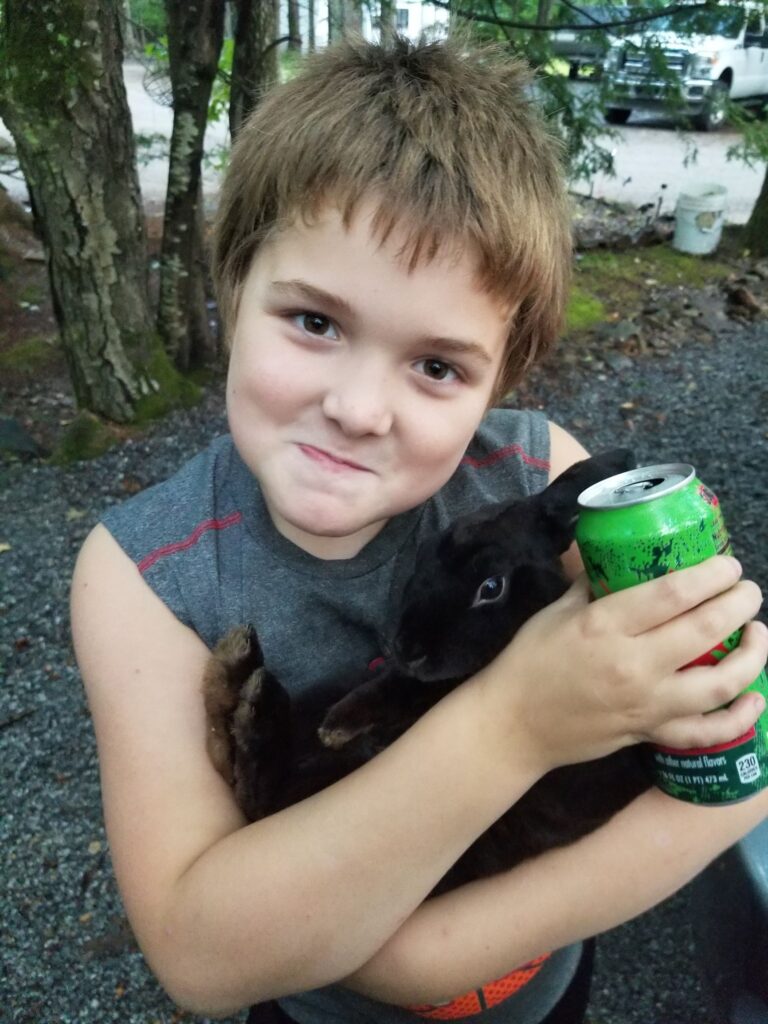
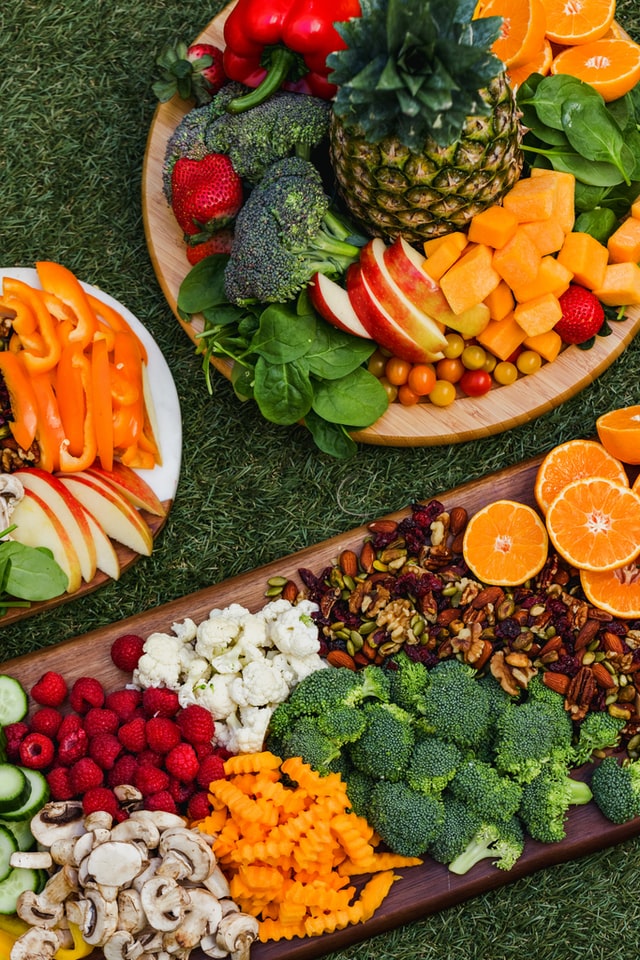
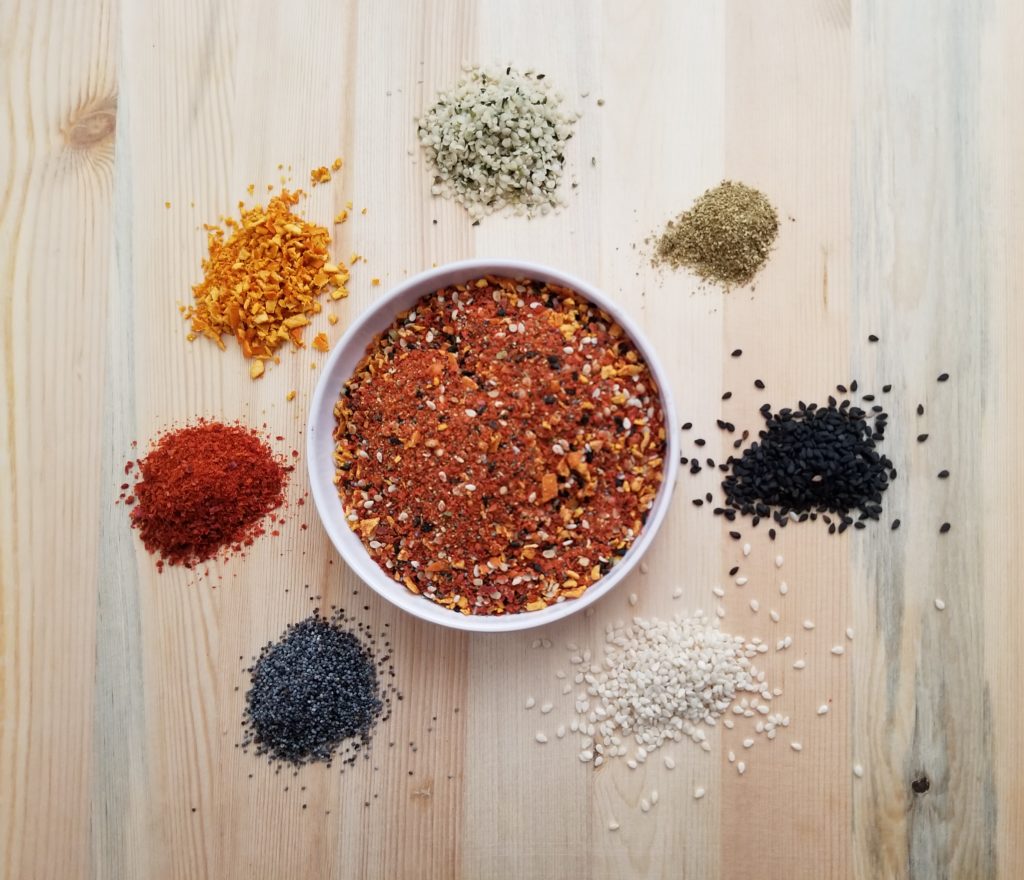

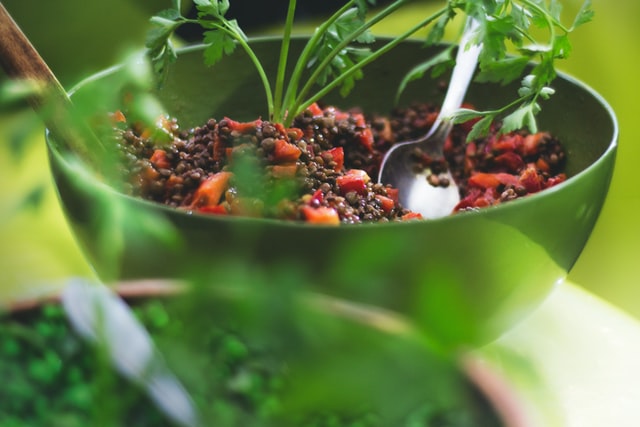
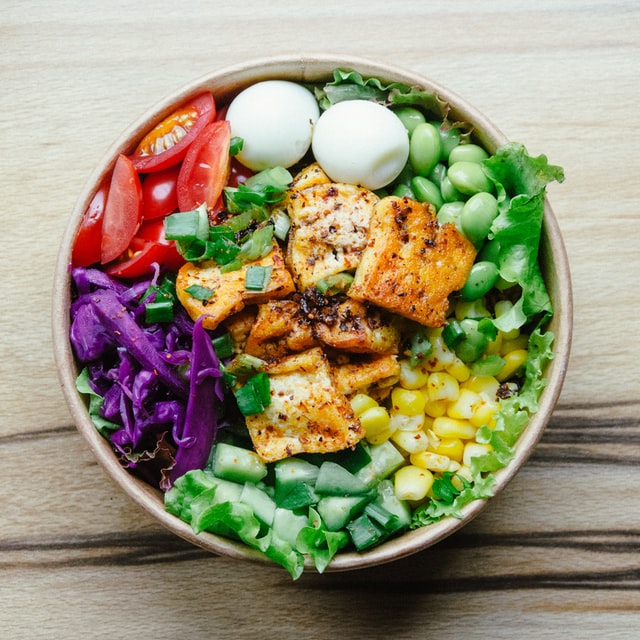

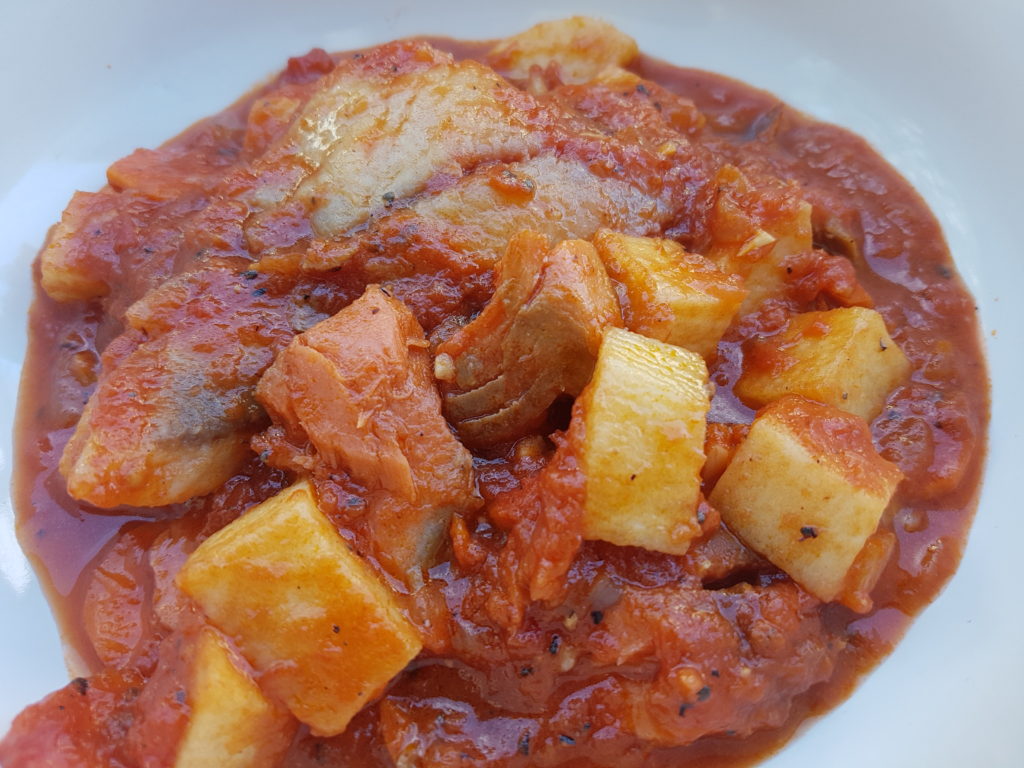

2 comments on “Living with Cystic Fibrosis: Nutritional Changes After Beginning Trikafta”
Your article was extremely informative, packed with critical insight and considerations that can be implemented in most anyone’s routine to lead a healthy and nutritional life style. I have personally redefined the word diet as we customarily refer to it. A diet is a range of nutritional intake, be it excellent or poor. I look at the word “diet” more as a prescription to enhance and or improve my state of health. For me, it is about choices, not restrictions. At this stage of my life, I’m making wiser choices and my body and mind are more harmonious.
Yes, I fully understand the definition of the word ‘diet’ however a child may hear a word and use it from their own experience of it’s context. For instance I once had a kindergartner state, “I can’t eat carrots. I’m on a diet.” I know that she had learned the word ‘diet’ and the idea of cutting out foods from her mother’s routine of doing so and speaking of it as such. Obviously she was neither on a diet, told she was on a diet, or would be needing to cut raw carrots from her diet, even if she was. So that is part of my reasoning for the certain wording of things with Nathan to prevent the outlined self-esteem concerns.
As for ‘control’ – that can also be a trigger word for many people. But with Nathan I want to distinguish ‘reigning-in’ some of the junk from being expected to cut it out all together with a ‘not allowed’ list. So maybe ‘reign-in’ would be a better word than ‘control,’ and I do use that quite often with him, however in trying to write an article with summarized goals, ‘control’ ended up being the word that worked best.
Does this clarify a little bit? What do you think are some other good word choices that parents can use with their children under the same circumstance? I’d love your input! After all, we’re all in this CF Race together. I also appreciate you sharing your own experiences. Thank you so much for taking the time to comment!